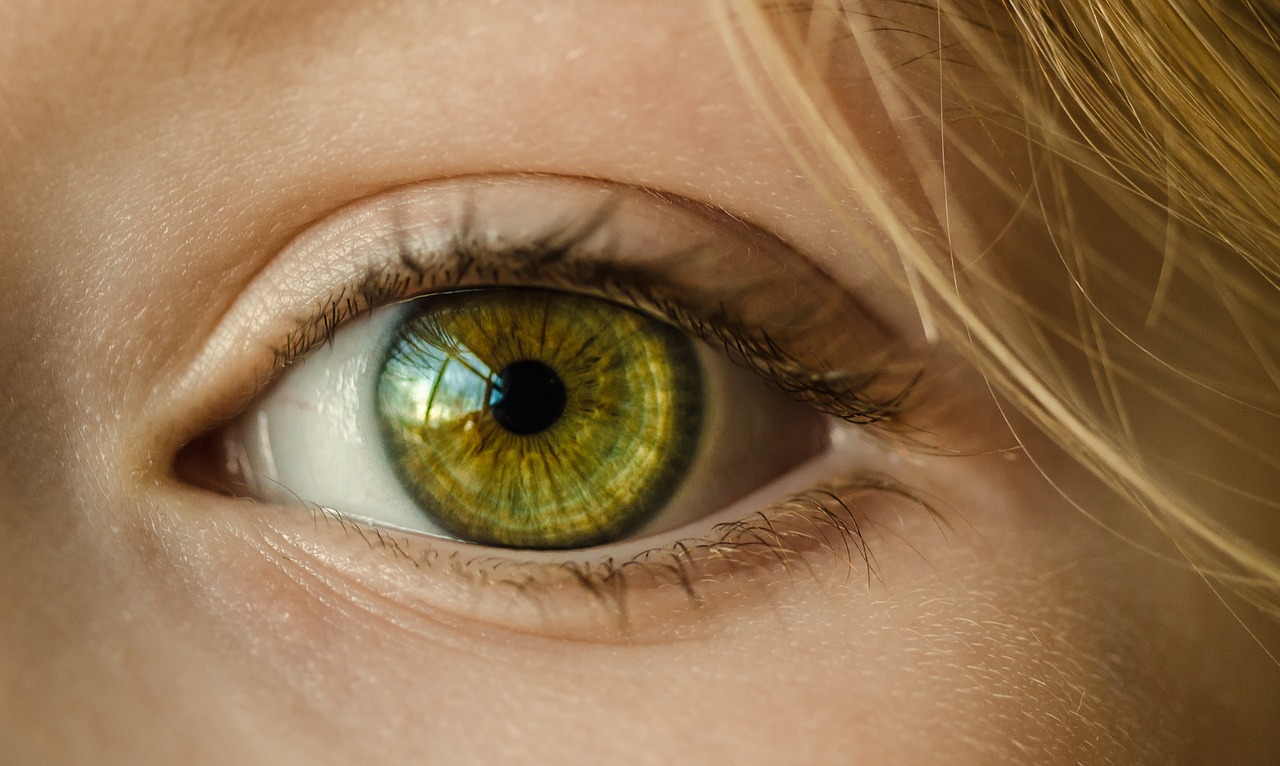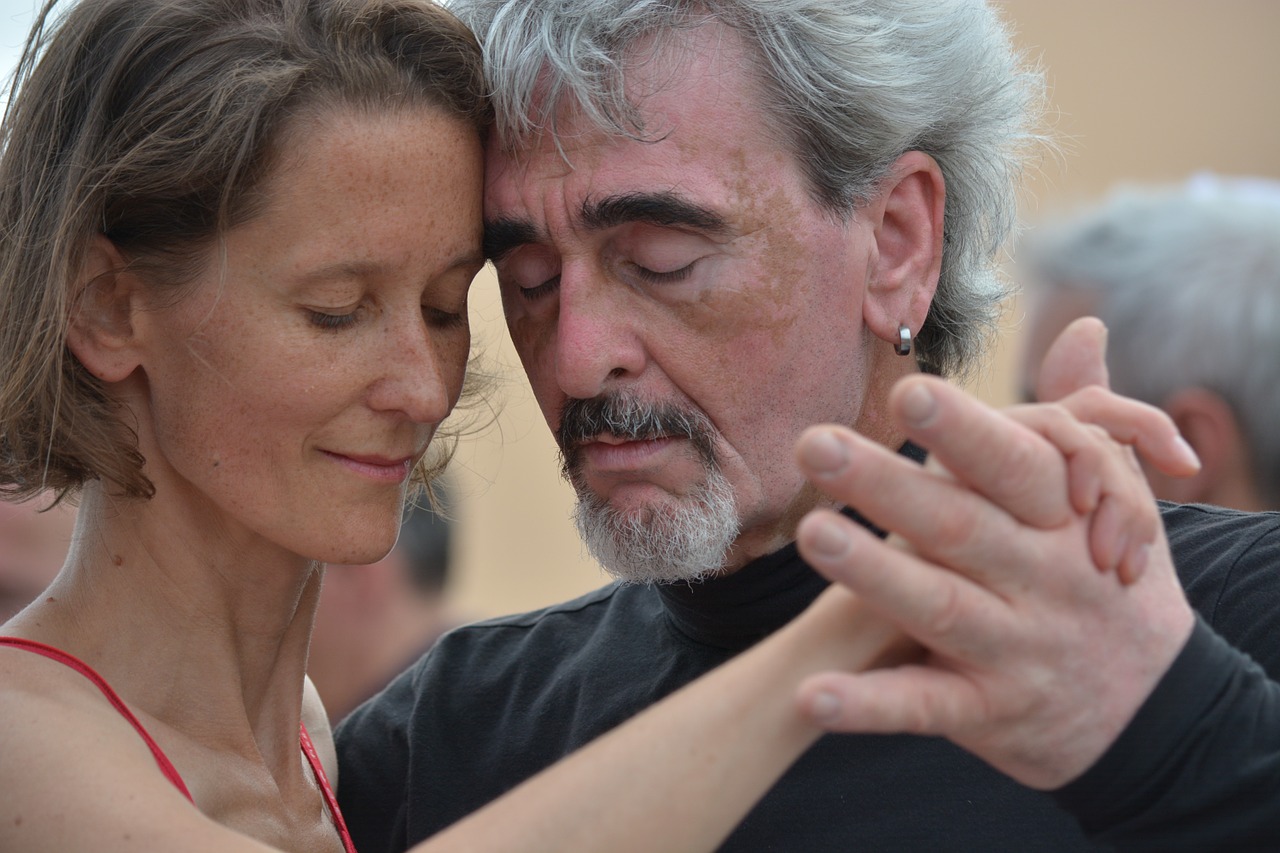We know that dopamine has different roles in different areas of the brain, such as for motor control, motivation, and reward, but dopamine also controls so-called “Go” and “No Go” processes, governing “action” or “inaction”.
Read MoreSleep and Parkinson's Disease, Part 2
At that time, I had not quite perfected my routine or sleep quality. I am now doing quite well with it, and my sleep is much better than it has probably ever been. So in this second part, I will just do a show and tell about the things I ended up implementing that actually worked for me, in case this is helpful for anyone else to follow.
Read MoreFascia Decompression and Parkinson's Disease
Tremors and Parkinson's Disease
Fortunately, from the perspective that tremors are a manifestation of a stuck stress response, this type of symptom can be progressively alleviated through stress reduction techniques and therapy, by learning how to calm the nervous system, and by spending more time in totally relaxed states. Indeed, this is demonstrated in videos of people’s tremors disappearing when they are put into a trance state by a hypnotherapist, as in the video below, or by common anecdotal reports that when meditating, the tremors are not present.
Read MoreSurvival Instincts and Parkinson's Disease
To help shake off the gloom about this, I call our survival instincts our superpowers, because it is a more resourceful way to look at the body and the problems we might be experiencing. Try saying "thank you, body, for keeping me safe, but now it is time to bring me out of the safe survival state and back to the normal range of health and grow." This ought to give us a little more faith in the dispositions of our body.
Read MoreFeeling Trapped and Parkinson's Disease
As a first step, we perhaps need to identify the places where we are stuck in our lives, those stressors which come with a sense of being trapped, the stressful things we can’t fight or flee from, and try to address these. This is because the tonic immobilization framework of PD predicts that it will be very hard to reduce symptoms in circumstances that our nervous system is constantly feeling trapped by a proximate threat. Examples include being in a toxic relationship, living in a house with neurotoxic mould infestations, workplace exposure a chemical agent, enduring a long and stressful daily commute to work.
Read MoreDopamine and Parkinson's Disease
The Huberman Lab podcast is a lecture series by Prof. Andrew Huberman, professor of neurobiology and ophthalmology at Stanford School of Medicine, on practical and free tools for optimizing health based on the very latest neuroscience and human biology research. This podcast contains vital, actionable, and need-to-know information for people with Parkinson’s Disease, in particular of the latest pragmatic research into dopamine biochemistry. Dopamine is the major neuromodulator which is most problematic in PD, and the target for the mainstay medical interventions. So here I’ve extracted from the podcast episodes the timestamps of everything Prof. Huberman has to teach us on the subject of how to optimize our dopamine biochemistry. The format is the episode title, in order of release, followed by the corresponding timestamp links and descriptions whenever dopamine is referred to.
Read MoreVisual Cues and Parkinson's Disease
I learned about the connection between the eyes/vision and movement of the body in an online course run by my friend and "Wisdom Coach" Cheryl Townsley, where a tutorial showed how, looking up or down with the eyes (not via movement of the head) creates an immediate increase in the range of specific arm/shoulder motions. I could quickly check this was indeed true for myself. Indeed, the connection between eye and body movement is so important that professional athletes are being trained in these types of techniques, and are given specific eye exercises to improve sports performance!
Read MoreEye Exercises and Parkinson's Disease
I have updated this article, originally published on 4th December 2017, to include information from Prof. Andrew Huberman, Neuroscientist at Stanford University, who is providing information and tools based on the latest high quality science. His episode on the eyes appears to support much of what I originally wrote below
Read MoreCell Danger Response and Parkinson's Disease
The Cell Danger Response (CDR) provides an explanation and framework of understanding for chronic illnesses, including Idiopathic Parkinson’s Disease. According to this framework, the CDR occurs when a cell in the body detects a threat to its existence or that it is in some sort of mortal danger. When a cell thus loses its sense of safety, it moves via the CDR from contributing to the health and vitality of the body towards an “on guard” state of self-perseveration, and then alerts other cells to the danger by releasing chemicals, which can, in turn, set off their CDR, potentially leading to domino or cascade effect. If the threat is maintained long enough, eventually the CDR results in the cell going into a shut-down or hibernatory state, to wait it out until the danger has passed. When enough cells in the body get stuck in a Cell Danger Response, some from of chronic illness ensues.
Read MoreBreathing Disorders and Parkinson's Disease
Some of the common “symptoms” of Parkinson’s Disease could be reframed as behavioural patterns contributing to overall symptomology, but which can be ameliorated through appropriate retraining to help with progressive symptom reduction. Examples of such retrainable “habits” include issues with posture, mindset and breathing. These patterns tend to impact each other, for example habitual mouth breathing can result in the forward head position common in PD. People with PD will often see in hindsight that, once identified, these problematic habits were apparent years before diagnosis. In this article, we specifically consider how unhealthy, but fixable, breathing patterns could be an exacerbating factor in PD. We will cover how poor breathing interacts with, and may even be causal of, many other symptoms, and explore what we can do to improve our quality of life by taking action to retrain our breath.
Read MoreFeeling Safe and Parkinson's Disease
This article seeks to convey pragmatic and applicable knowledge of the human nervous system to people affected by Parkinson’s Disease and those involved in providing healthcare and caregiving, as well as to try to summarize for myself my own current understandings of these concepts. In particular, we explore the role of people, attitudes and relationships in the lived experience of people with PD.
Read MoreYoga Nidra Guided Meditation and Parkinson's Disease
I have now been practising Yoga Nidra guided meditations for around 3 months at the time of writing this, daily each morning. I definitely have seen cumulative benefits for progressive reduction of my Parkinson's Disease symptoms over that time, including much reduced anxiety, pain, less really bad days. However, in particular, I’ve noted increased effectiveness of dopamine replacement drugs, longer "on" periods, as well as improved sleep. Indeed, I personally believe that the practice does indeed boost my dopamine levels, because when I take a dose of my PD meds after or during a Yoga Nidra session, it is much more likely that that dose will actually work to turn my movement back on, and it can take as little as 15-20 minutes for the drug to kick in (this is very short time for me, about 50% less time needed than usual.
Read MoreThe Cranial Nerves and Parkinson's Disease
I am currently researching the Cranial Nerves and their functions. My interest in this area was piqued because many of the major and common symptoms of Parkinson's Disease are not properly explained by just the "death of dopamine producing cells in the Substantia Nigra" scenario. However, I do believe that the atrophy of the Cranial Nerves in people with Parkinson's (PwP) does very straightforwardly explain most of the main secondary symptoms, and in a very common sense way.
Read MoreHand-Held Accessories and Hand-Eye Co-ordination in Movement Therapies for Parkinson's Disease
An early discovery in pursuing whole-body movement as the principle therapy for increasing my range of motion, re-connecting body and mind, and integrating Primitive Reflexes, was the importance of holding something in my hands as part and parcel of the therapy, thereby enhancing the Applied Neuroplasticity and Somatic Experiencing benefits of movement.
Read MoreDance Therapy for Parkinson's Disease
Of all the therapies and modalities we’ve discussed here, I believe the most beneficial overall for progressive symptom reduction and movement recovery are Dance based. Here we define Dance Therapy broadly and simply as “moving to music or a beat”
Read MoreBalloon Based Play Therapy for Parkinson's Disease
Playing with balloons helped me re-discover much more slow, fluid and graceful movement. I believe that this type of controlled movement exercise could be very beneficial - even more so than playing with balls.
Read MoreThe Dorsal Vagus Nerve and Parkinson's Disease
In this article, I would like to return to this topic, and concentrate this time on that primitive, reptilian branch of the Vagus Nerve, and its potentially central role in Parkinson's Disease.
Read MoreThe Divided Brain and Parkinson's Disease, Part 1
I have since been considering what Iain McGilchrist’s “Divided Brain” work has to teach us, in the context of trauma and chronic illness, and seeking to employ both hemispheres of my brain in thinking about this. I began to see how Iain’s work provides us with a vital missing part of the puzzle. Indeed, his concept of the "Divided Brain", I now feel, connects so very many of the pieces, and I will endeavour to contexualize and map out my thinking on this here.
Neural Exercises and Parkinson's Disease
This article explores how I've found that persistent and targeted "neural exercises" can progressively reduce various symptoms/problems of Parkinson's Disease, through neuroplastic processes. In particular, here I will demonstrate specific neural exercises, and how I have significantly improved my own quality of life through pursuing these persistently over time, via entries from my video diary which are interspersed through the article.
Read More


















